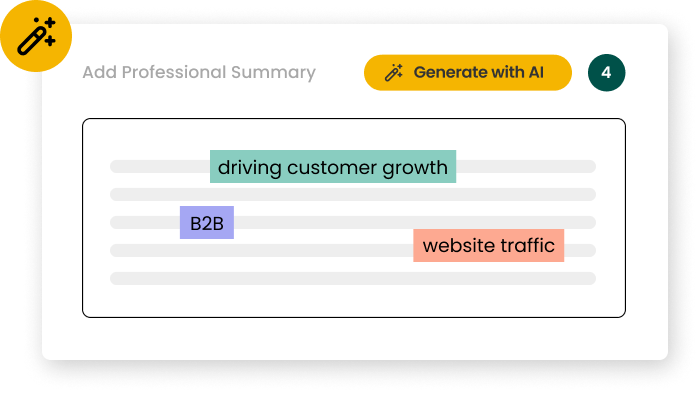How long should I make my Avionics Engineer resume?
For Avionics Engineers, a one to two-page resume is ideal. This length allows you to showcase your technical expertise, project experience, and relevant certifications without overwhelming recruiters. Focus on recent, impactful projects and key skills in avionics systems, software development, and aircraft integration. Use concise bullet points to highlight your achievements and quantify results where possible, ensuring every word contributes to demonstrating your value as an Avionics Engineer.
A hybrid format works best for Avionics Engineers, combining chronological work history with a skills-based approach. This format effectively showcases your technical proficiencies alongside career progression. Key sections should include a professional summary, technical skills, work experience, education, and certifications. Use a clean, professional layout with consistent formatting. Incorporate industry-specific keywords throughout, and consider using a technical skills matrix to quickly highlight your expertise in various avionics systems and software platforms.
What certifications should I include on my Avionics Engineer resume?
Key certifications for Avionics Engineers include FAA Airframe and Powerplant (A&P) license, RTCA DO-178C software certification, and IEEE Certified Systems Engineering Professional (CSEP). These certifications demonstrate your expertise in aircraft systems, avionics software development, and systems integration. Additionally, consider including relevant vendor-specific certifications for avionics platforms you've worked with. List certifications in a dedicated section, including the certifying body and date of acquisition or renewal to showcase your commitment to staying current in the field.
What are the most common mistakes to avoid on a Avionics Engineer resume?
Common mistakes in Avionics Engineer resumes include overemphasis on general engineering skills rather than avionics-specific expertise, lack of quantifiable achievements, and outdated technical skills. Avoid these by focusing on avionics-specific projects, quantifying your contributions to aircraft performance or system improvements, and highlighting your proficiency in current avionics technologies and standards. Additionally, ensure your resume is free of technical jargon that non-specialist recruiters might not understand, striking a balance between showcasing your expertise and maintaining clarity for all readers.
